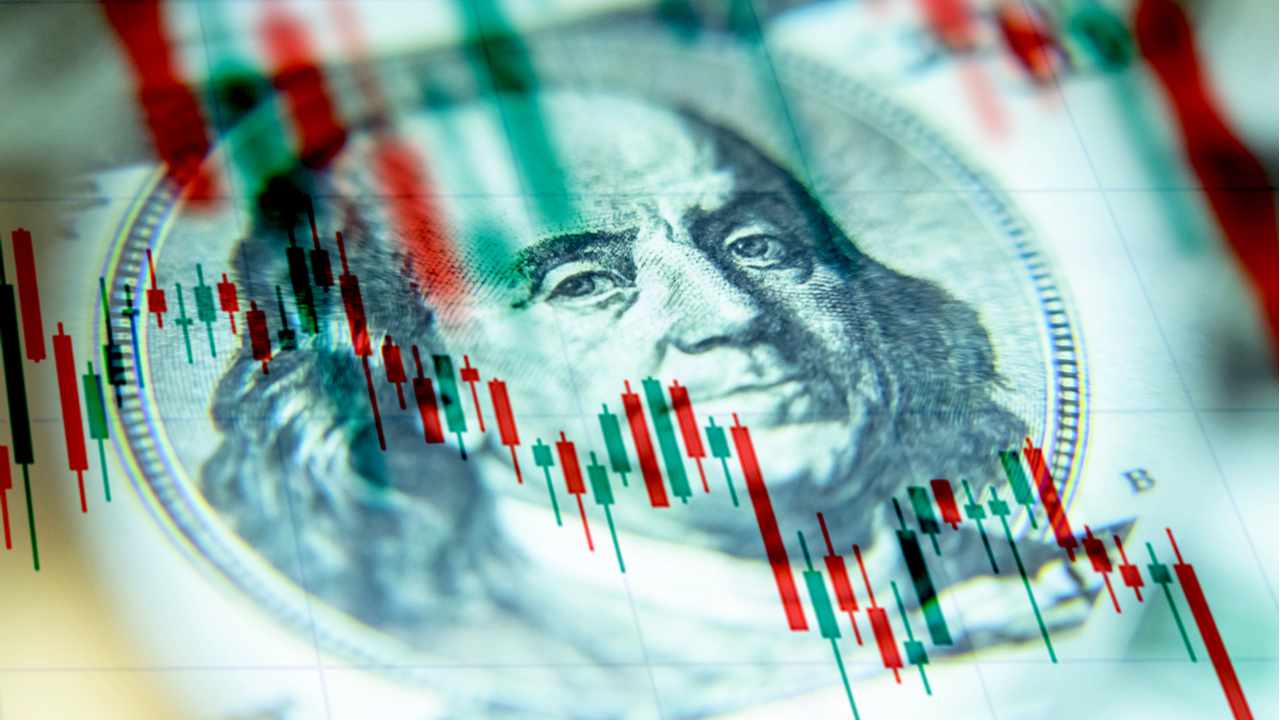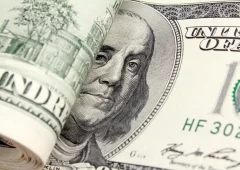US Dollar Hits Two-Year High Despite Global Push for De-Dollarization
14.01.2025 12:00 1 min. read Kosta Gushterov
Efforts to reduce global reliance on the US dollar have yet to make a significant dent, as the currency surged to a two-year high, bolstered by rising Treasury yields and a resilient US economy.
According to a Financial Times report, this growth persists even as initiatives by the BRICS alliance aim to promote local currencies and reduce the dominance of Western financial systems.
The US economy ended 2024 on a strong note, moving closer to the Federal Reserve’s 2% inflation target after a remarkable recovery from record-high post-pandemic inflation. Despite calls from BRICS nations for countries in the global south to adopt alternatives to the dollar, the greenback remains dominant. Two years into their de-dollarization campaign, the bloc has struggled to significantly disrupt the dollar’s global influence.
Analysts foresee continued growth for the dollar, supported by robust US economic performance and potential tariff policies under President-elect Donald Trump. Goldman Sachs recently upgraded its forecast for the dollar, projecting a 5% rally over the next year.
“We anticipate the dollar will strengthen further, fueled by economic outperformance and new tariffs,” said Kamakshya Trivedi, a Goldman Sachs analyst. “The risk remains tilted toward continued dollar strength.”
As de-dollarization efforts falter, the US dollar’s resilience underscores its enduring role as a central pillar of the global financial system.
-
1
Russia’s Oil Revenues Strained as Exports Decline Again
24.06.2025 18:00 2 min. read -
2
Recession Fears Linger as Economic Signal Flashes Long-Term Warning
25.06.2025 9:00 2 min. read -
3
Robert Kiyosaki Predicts When The Price of Silver Will Explode
28.06.2025 16:30 2 min. read -
4
Trump Targets Powell as Fed Holds Rates: Who Could Replace Him?
27.06.2025 9:00 2 min. read -
5
U.S. PCE Inflation Rises for First Time Since February, Fed Rate Cut Likely Delayed
27.06.2025 18:00 1 min. read
Gold Beats U.S. Stock Market Over 25 Years, Even With Dividends Included
In a surprising long-term performance shift, gold has officially outpaced the U.S. stock market over the past 25 years—dividends included.
U.S. Announces Sweeping New Tariffs on 30+ Countries
The United States has rolled out a broad set of new import tariffs this week, targeting over 30 countries and economic blocs in a sharp escalation of its trade protection measures, according to list from WatcherGuru.
Key U.S. Economic Events to Watch Next Week
After a week of record-setting gains in U.S. markets, investors are shifting focus to a quieter yet crucial stretch of macroeconomic developments.
Robert Kiyosaki Predicts When The Price of Silver Will Explode
Robert Kiyosaki, author of Rich Dad Poor Dad, has issued a bold prediction on silver, calling it the “best asymmetric buy” currently available.
-
1
Russia’s Oil Revenues Strained as Exports Decline Again
24.06.2025 18:00 2 min. read -
2
Recession Fears Linger as Economic Signal Flashes Long-Term Warning
25.06.2025 9:00 2 min. read -
3
Robert Kiyosaki Predicts When The Price of Silver Will Explode
28.06.2025 16:30 2 min. read -
4
Trump Targets Powell as Fed Holds Rates: Who Could Replace Him?
27.06.2025 9:00 2 min. read -
5
U.S. PCE Inflation Rises for First Time Since February, Fed Rate Cut Likely Delayed
27.06.2025 18:00 1 min. read


